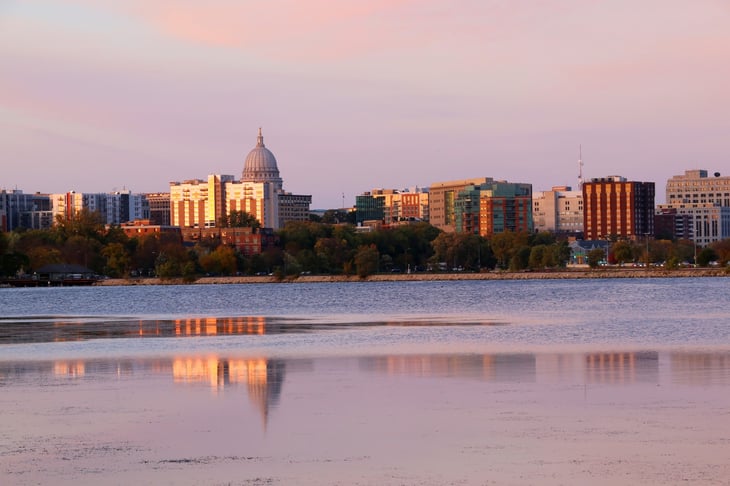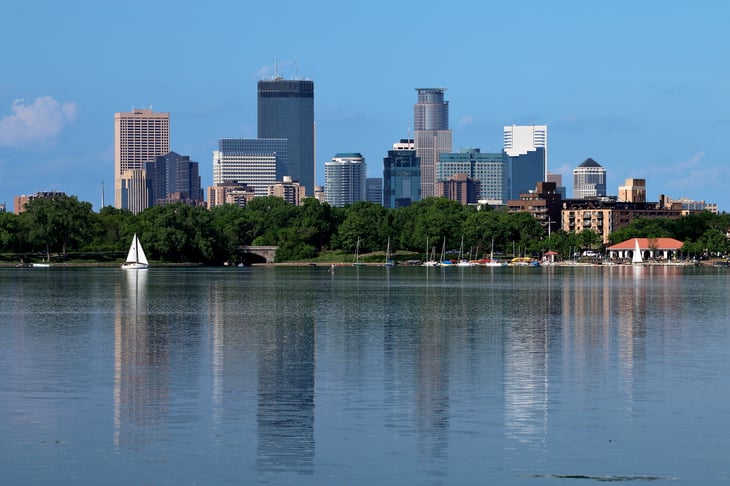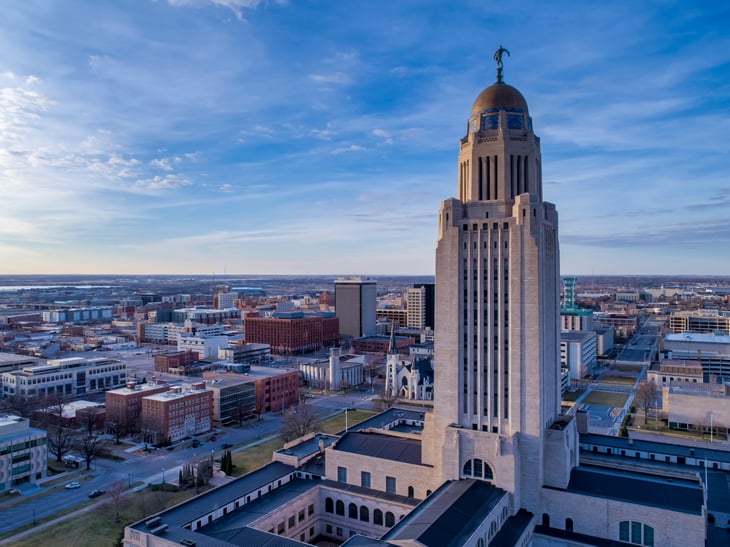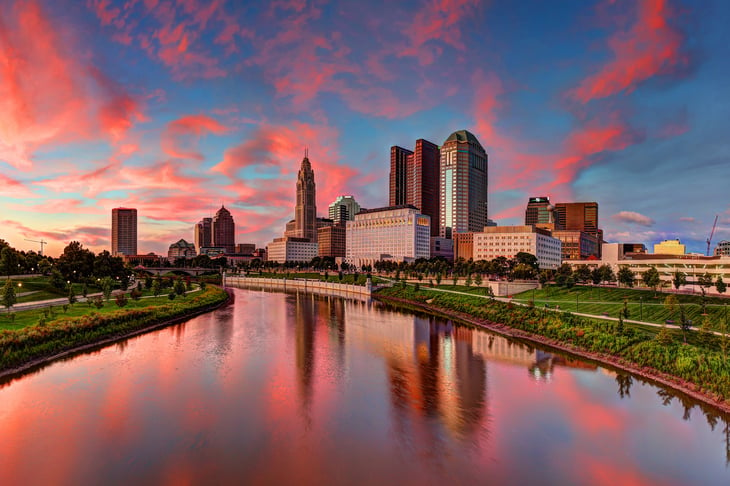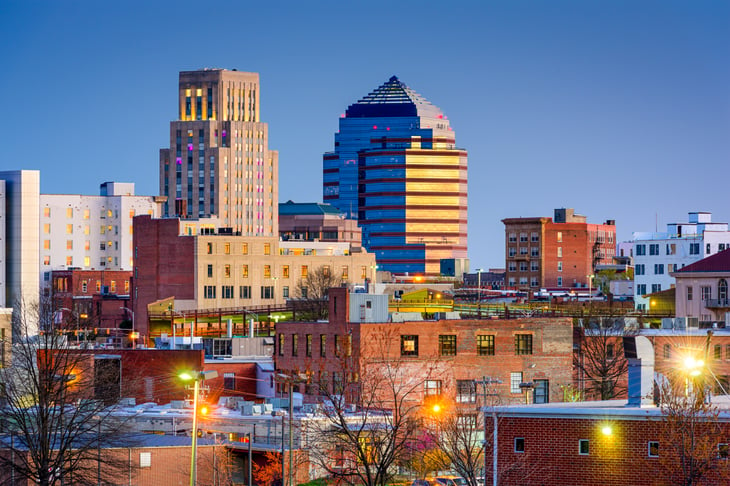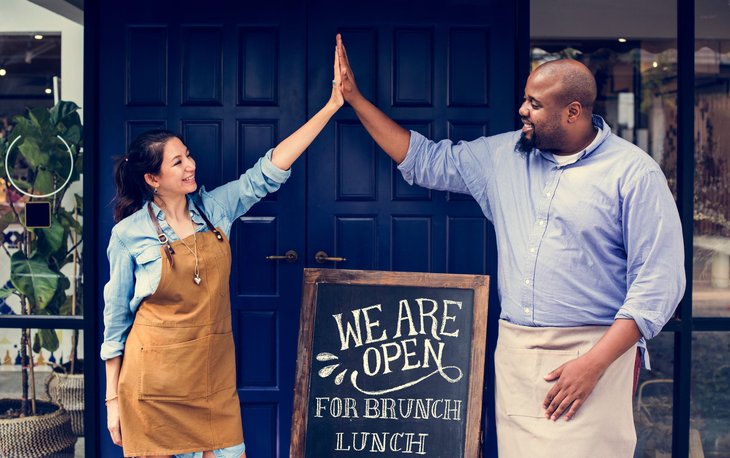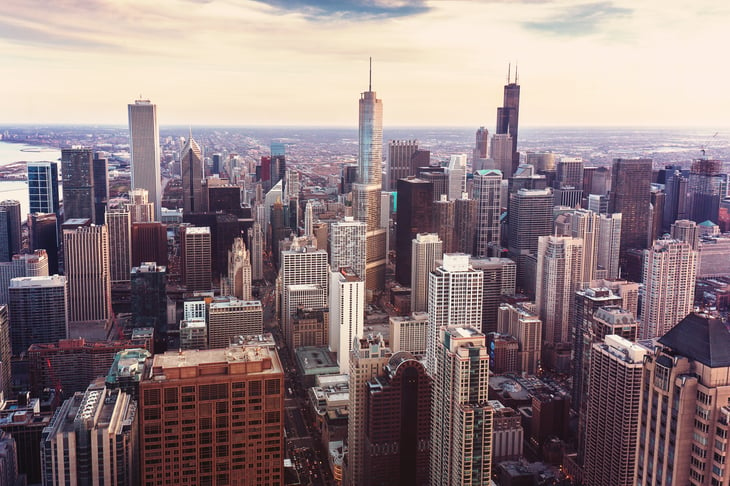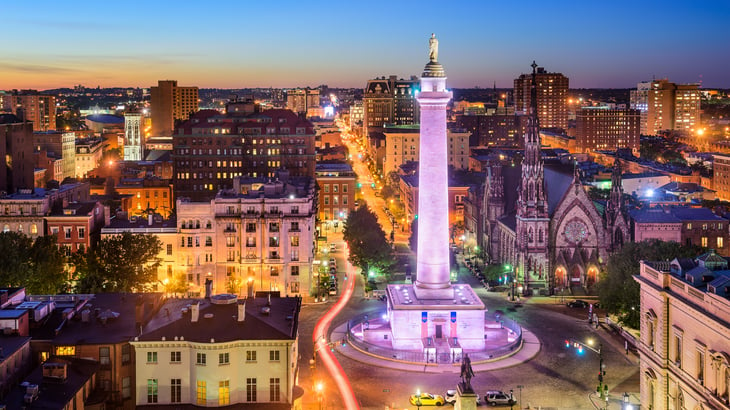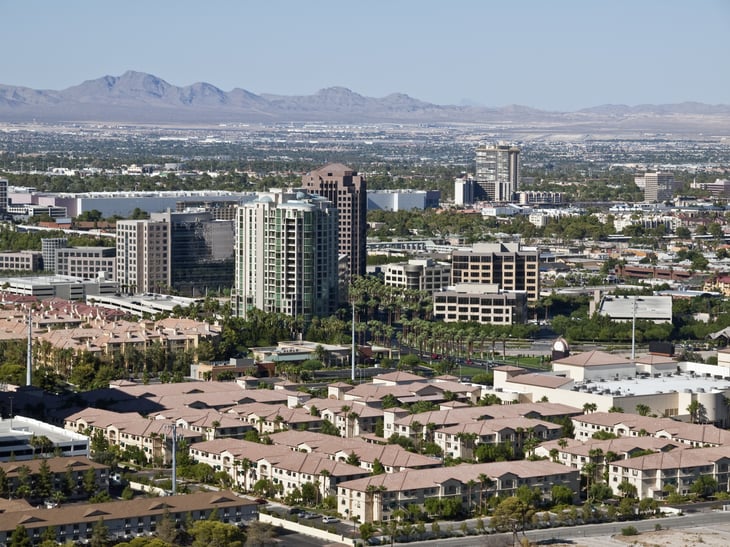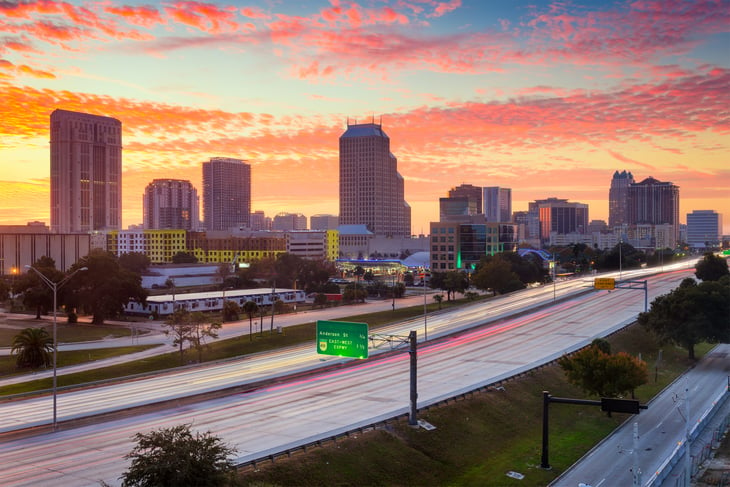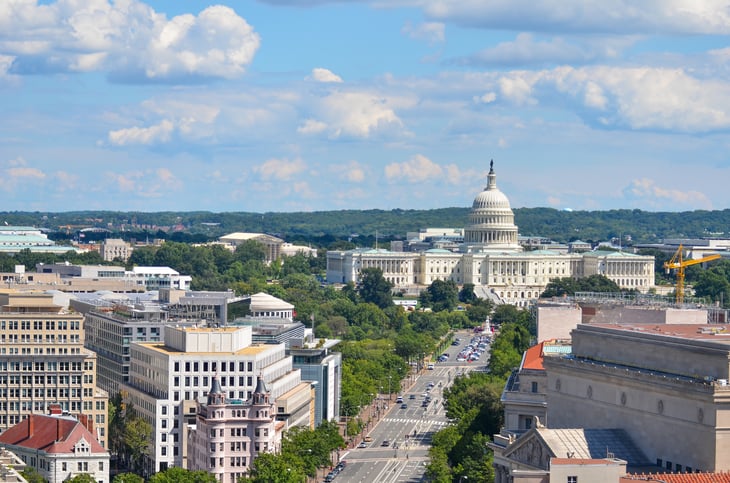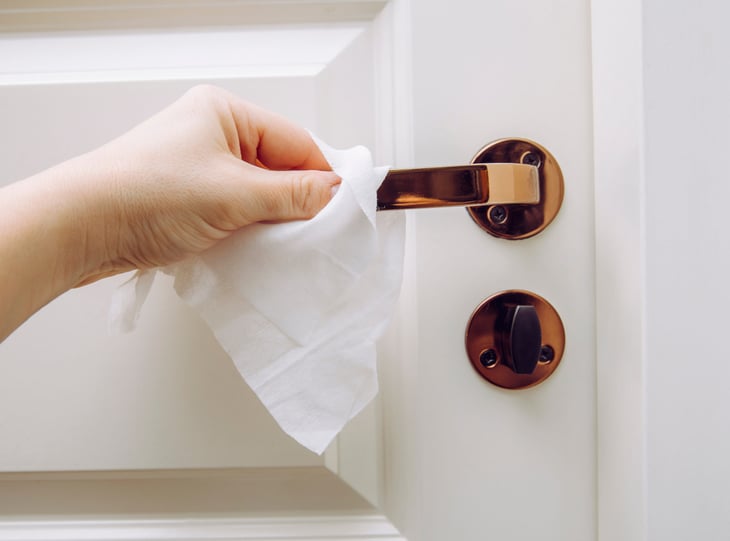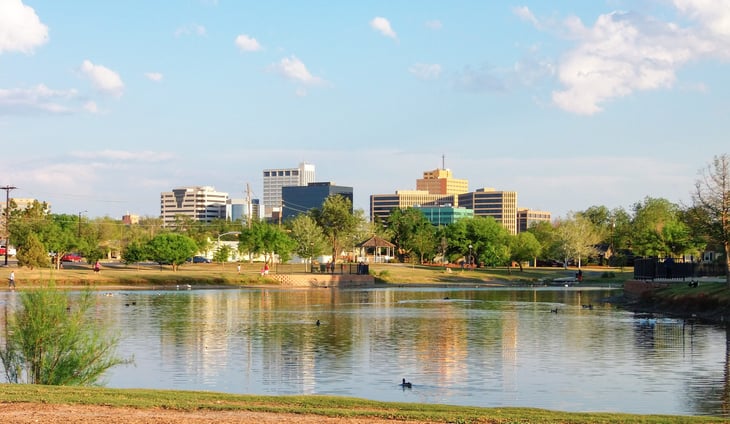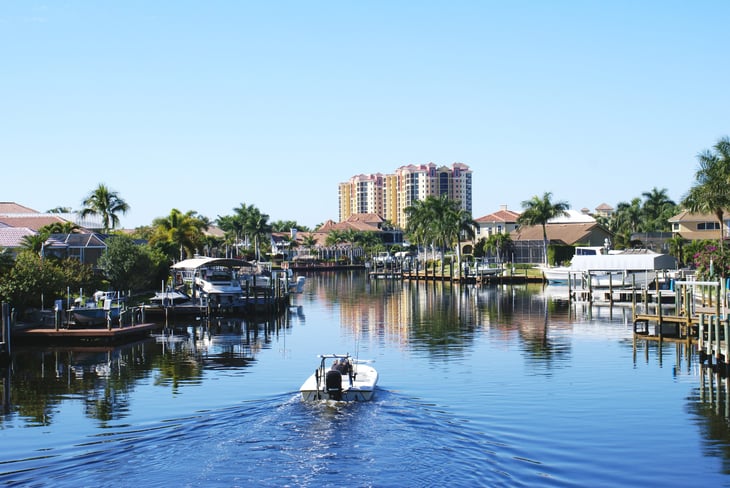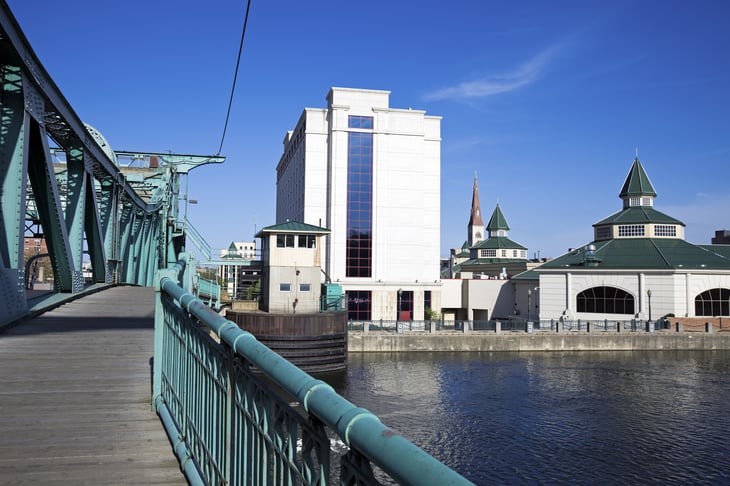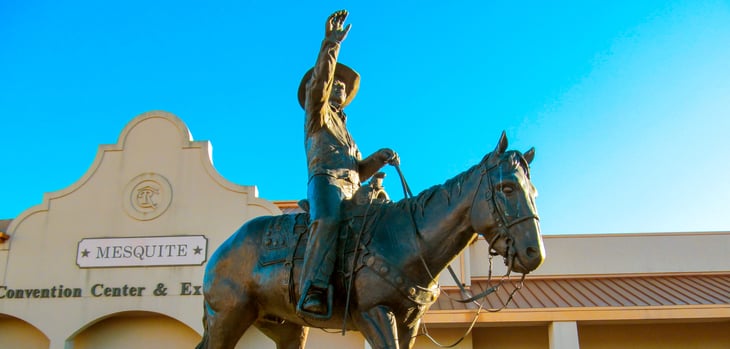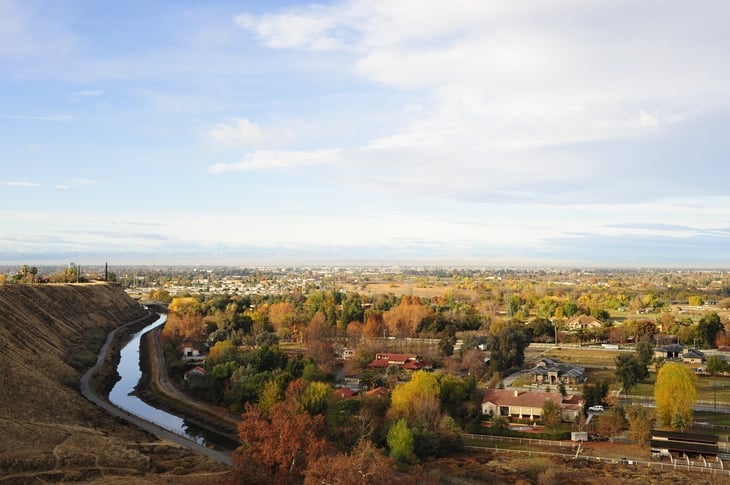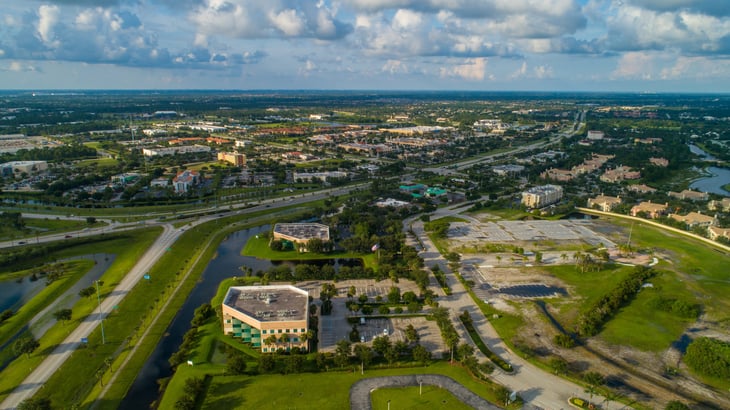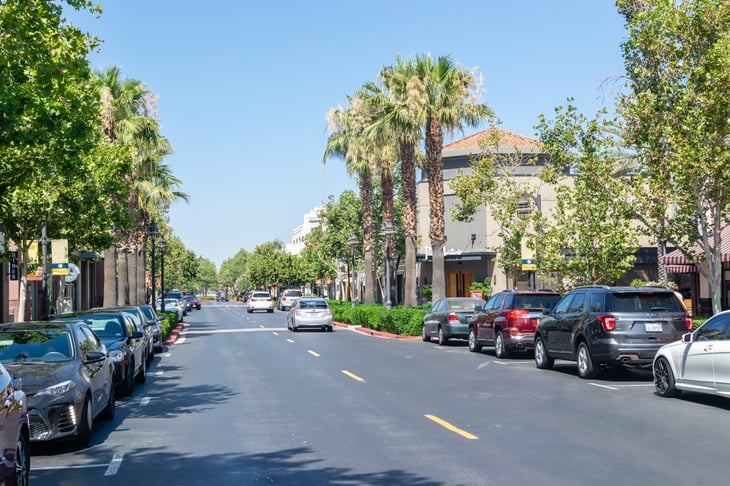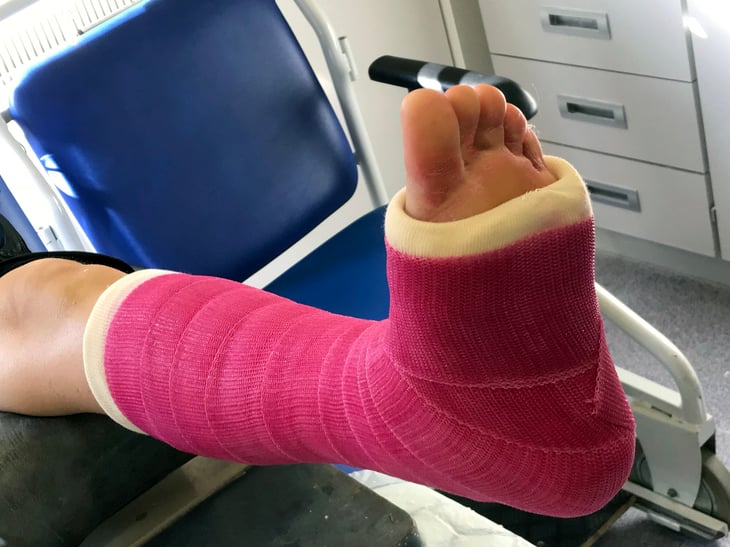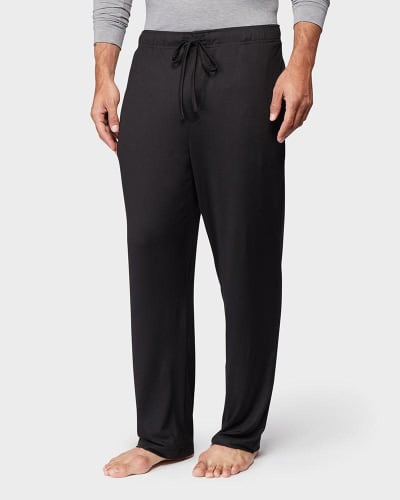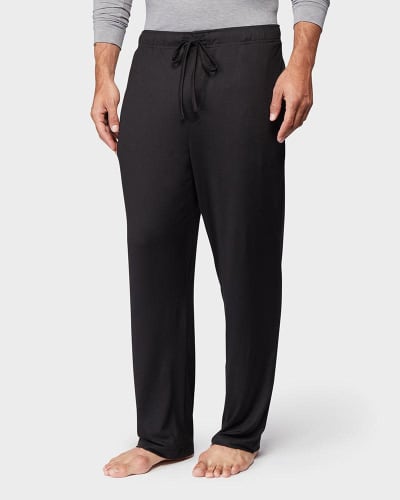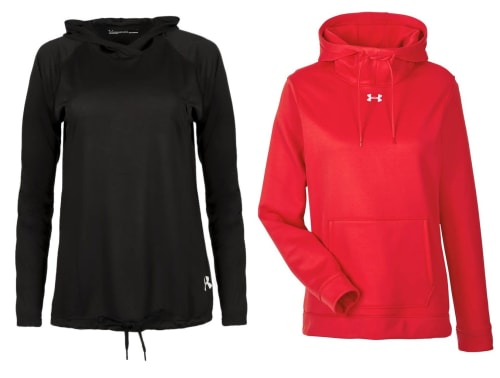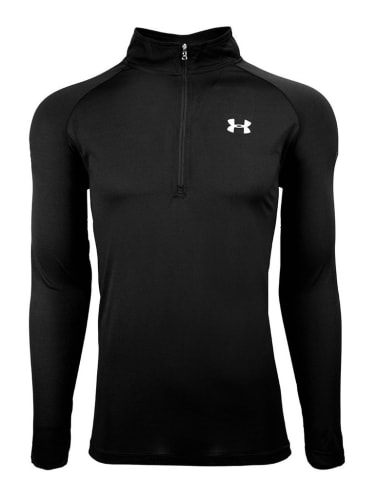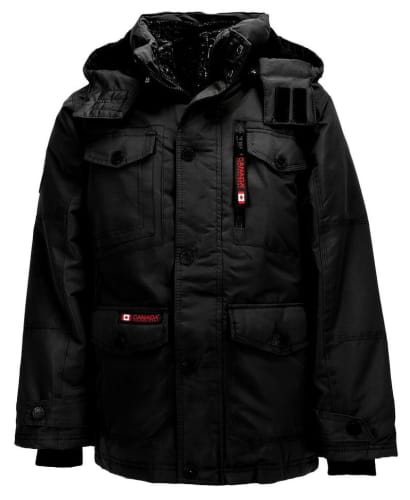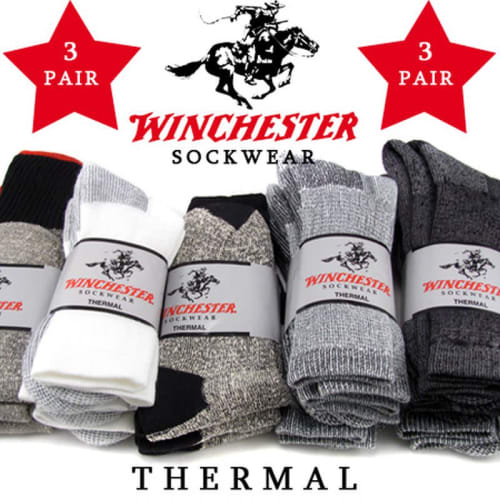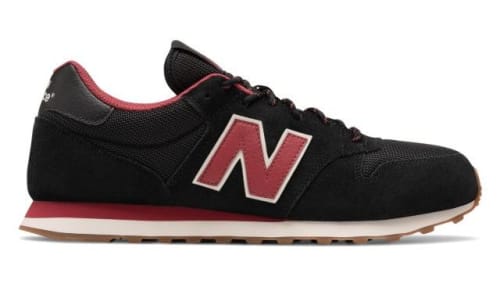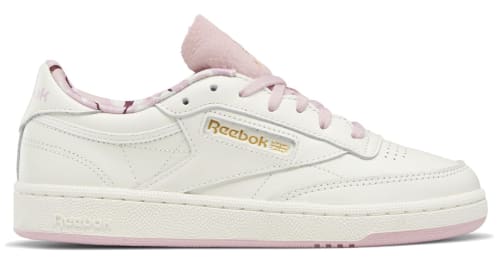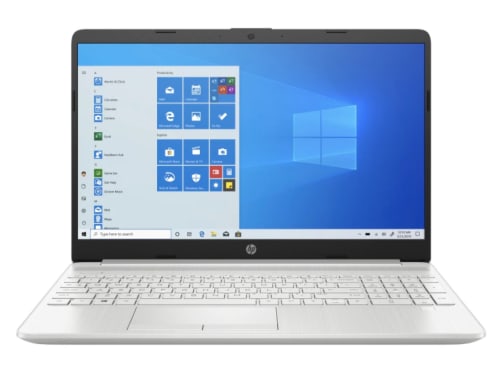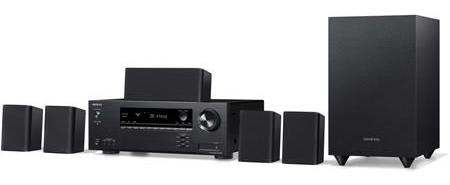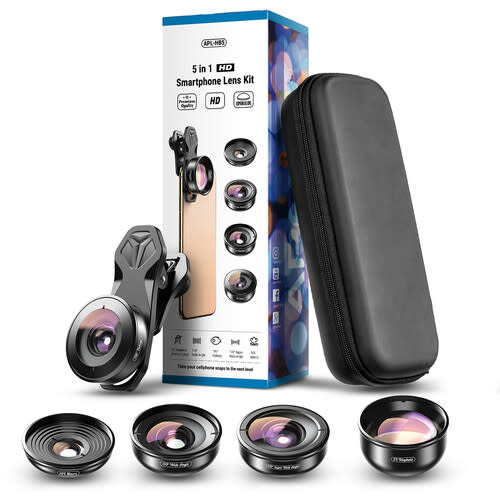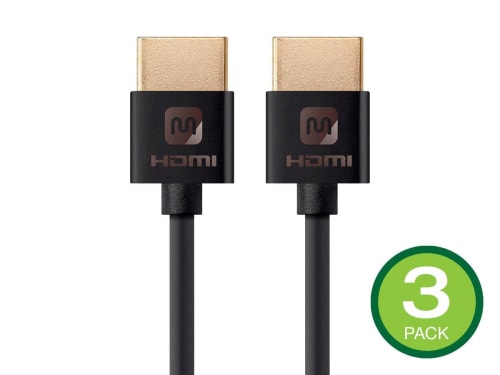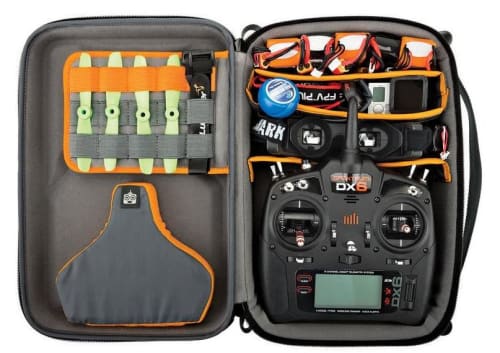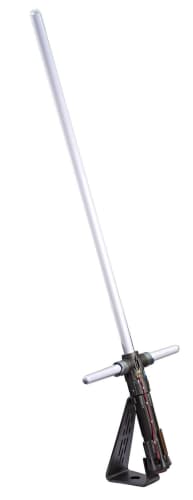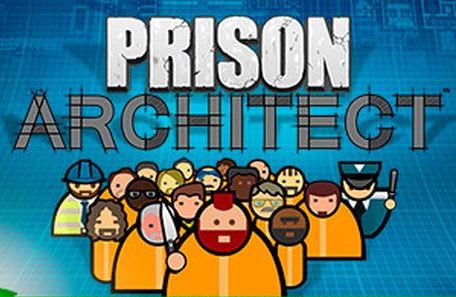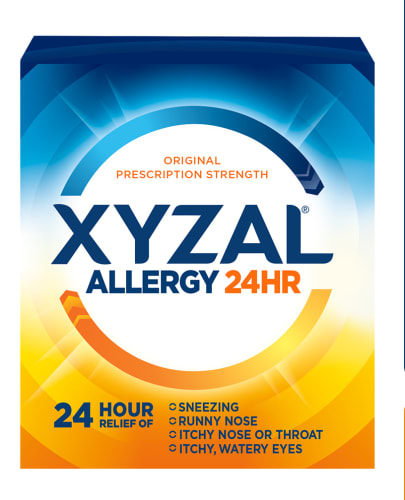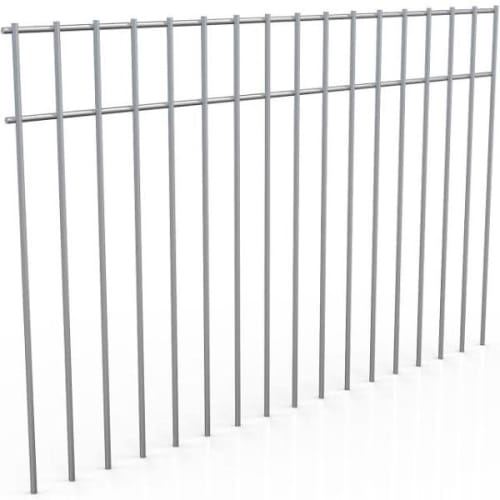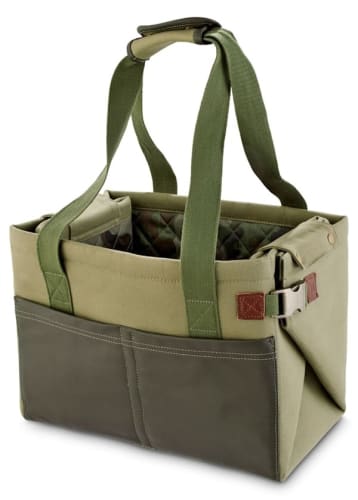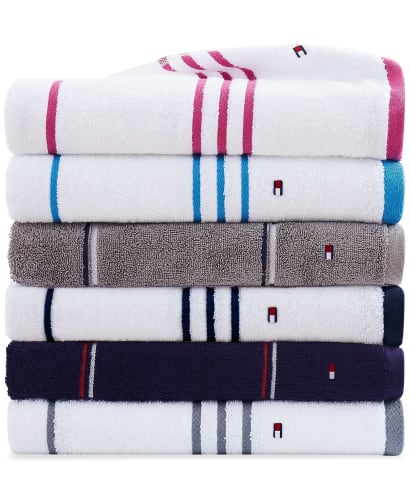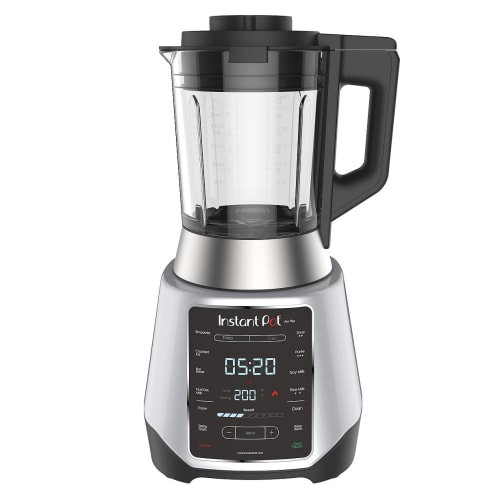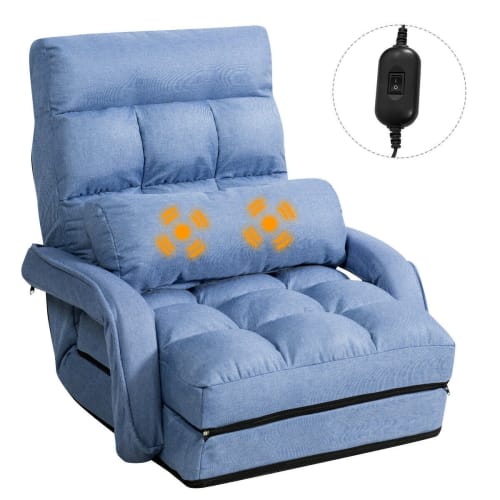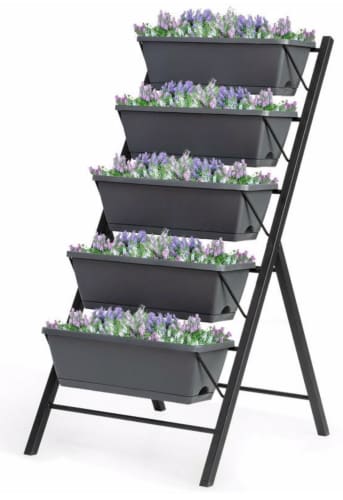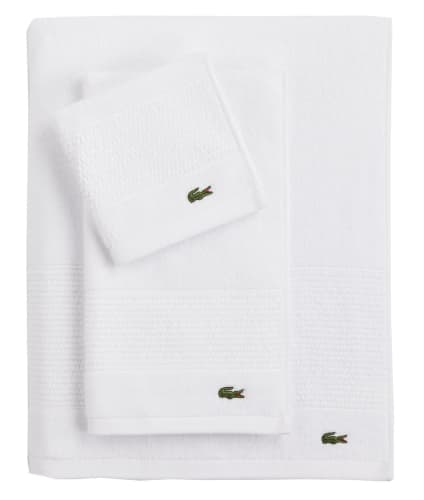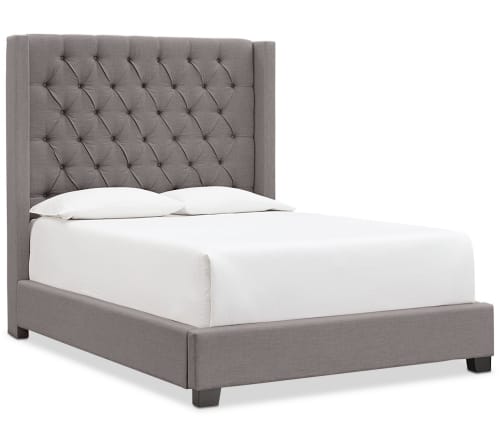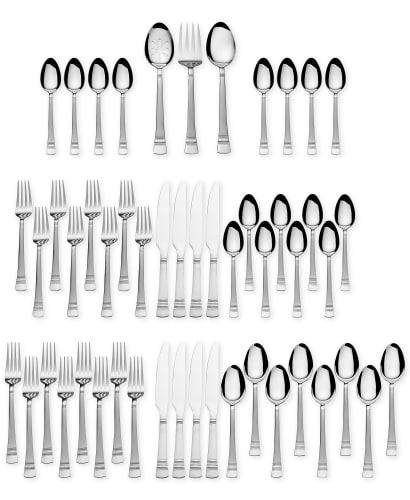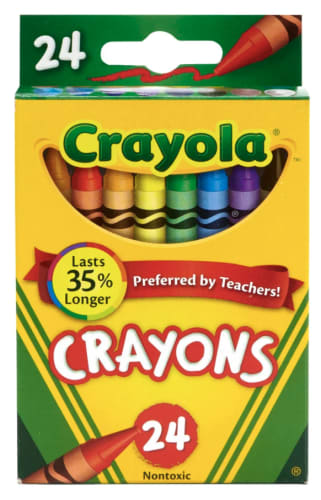
This story originally appeared on Inspection Support Network.
Even before the COVID-19 pandemic, real estate agents were adopting new technologies as a way to connect with young, tech-savvy homebuyers. However, like so many other economic sectors, the real estate industry has been forced to expand these practices in response to social-distancing measures taken to reduce exposure to the coronavirus.
Now, virtual open houses and watch parties are the norm, and even formerly non-tech-savvy agents are embracing online document software and drone photography to comply with new restrictions.
Even with recent economic disruptions and high levels of unemployment, the real estate industry remains strong. And data from the S&P/Case-Shiller U.S. National Home Price Index reveals that home prices — fueled by strong demand and a limited supply — continue to rise.
To identify the best-paying metropolitan areas for real estate agents, researchers at Inspection Support Network (ISN) analyzed data from the U.S. Bureau of Labor Statistics and U.S. Bureau of Economic Analysis to calculate cost-of-living-adjusted median annual wages. In expensive metros, wages for real estate agents were adjusted down to reflect less purchasing power; whereas, in more affordable locations, wages were adjusted up to reflect greater purchasing power.
ISN also calculated the relative concentration of real estate agents in each location compared with the U.S. average.
The highest-paying cities for real estate agents are dispersed throughout the country and represent a diverse set of cities. Real estate agents looking for high pay can choose between a number of metros in every region of the country.
However, one important caveat is that this analysis draws from data collected prior to the pandemic, and the subsequent changes to the real estate market could have lasting effects on where future buyers are searching for homes.
Following are metros with the highest cost-of-living-adjusted wages for real estate agents.
15. San Diego-Carlsbad, CA
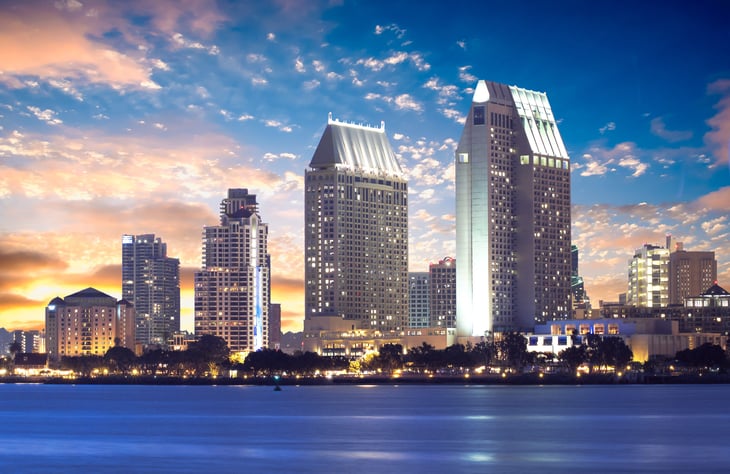
- Median wage for real estate agents (adjusted): $57,723
- Median wage for real estate agents (unadjusted): $67,190
- Median wage for all workers (unadjusted): $45,050
- Cost of living (compared with U.S. average): +16.4%
- Concentration of real estate agents (compared with U.S. average): -53.0%
14. San Jose-Sunnyvale-Santa Clara, CA
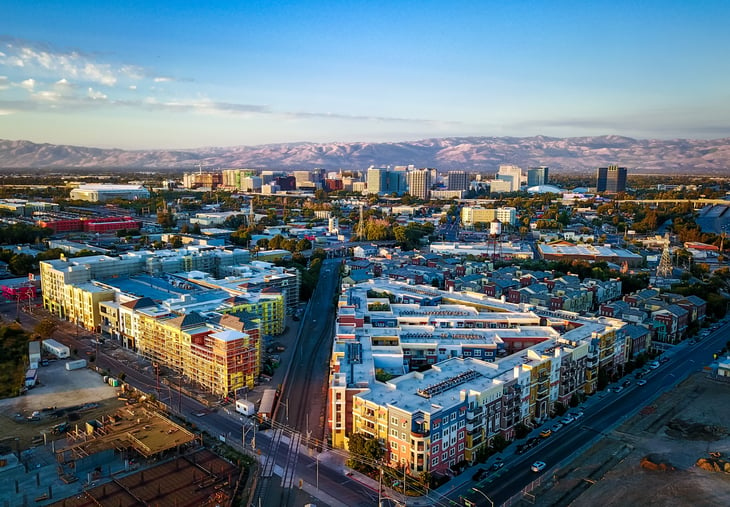
- Median wage for real estate agents (adjusted): $58,462
- Median wage for real estate agents (unadjusted): $75,650
- Median wage for all workers (unadjusted): $61,980
- Cost of living (compared with U.S. average): +29.4%
- Concentration of real estate agents (compared with U.S. average): -55.0%
13. Detroit-Warren-Dearborn, MI
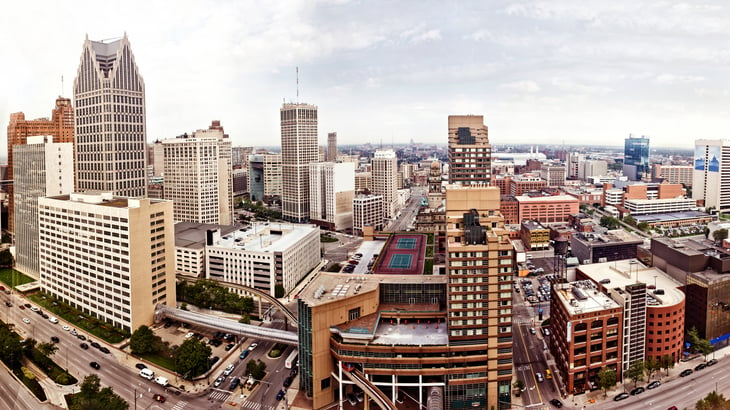
- Median wage for real estate agents (adjusted): $58,565
- Median wage for real estate agents (unadjusted): $55,930
- Median wage for all workers (unadjusted): $41,620
- Cost of living (compared with U.S. average): -4.5%
- Concentration of real estate agents (compared with U.S. average): -46.0%
12. Boston-Cambridge-Nashua, MA-NH

- Median wage for real estate agents (adjusted): $59,387
- Median wage for real estate agents (unadjusted): $67,820
- Median wage for all workers (unadjusted): $53,300
- Cost of living (compared with U.S. average): +14.2%
- Concentration of real estate agents (compared with U.S. average): -46.0%
11. Birmingham-Hoover, AL
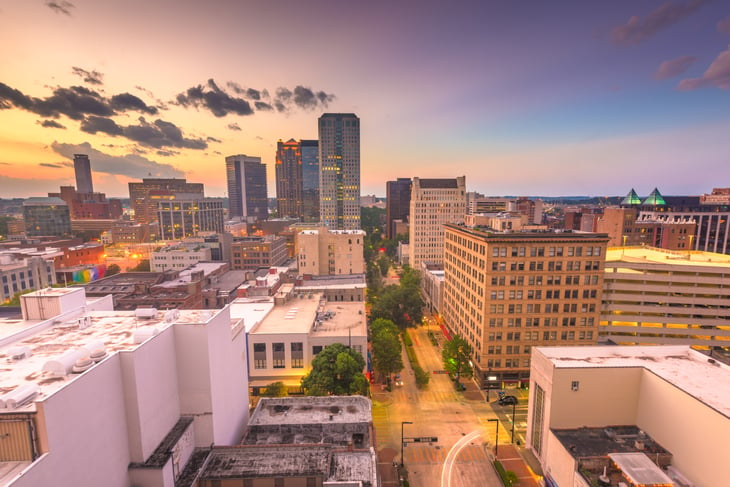
- Median wage for real estate agents (adjusted): $59,628
- Median wage for real estate agents (unadjusted): $52,890
- Median wage for all workers (unadjusted): $38,020
- Cost of living (compared with U.S. average): -11.3%
- Concentration of real estate agents (compared with U.S. average): +38.0%
10. Memphis, TN-MS-AR
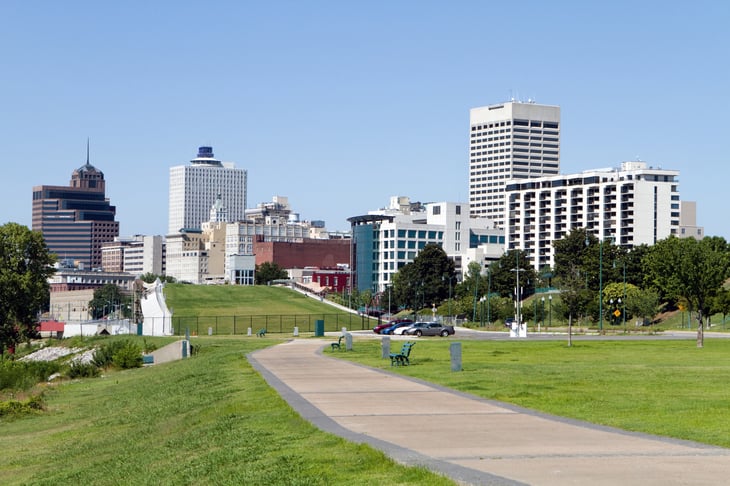
- Median wage for real estate agents (adjusted): $60,543
- Median wage for real estate agents (unadjusted): $54,610
- Median wage for all workers (unadjusted): $35,540
- Cost of living (compared with U.S. average): -9.8%
- Concentration of real estate agents (compared with U.S. average): -29.0%
9. Sacramento–Roseville–Arden-Arcade, CA
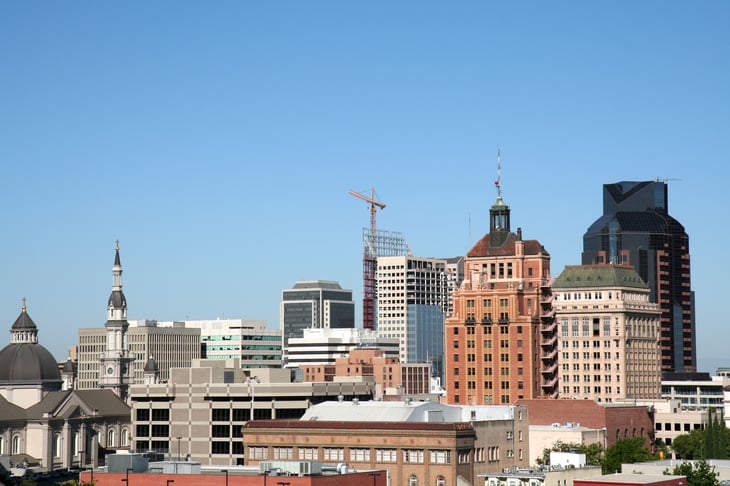
- Median wage for real estate agents (adjusted): $61,245
- Median wage for real estate agents (unadjusted): $63,450
- Median wage for all workers (unadjusted): $44,590
- Cost of living (compared with U.S. average): +3.6%
- Concentration of real estate agents (compared with U.S. average): -51.0%
8. Austin-Round Rock, TX
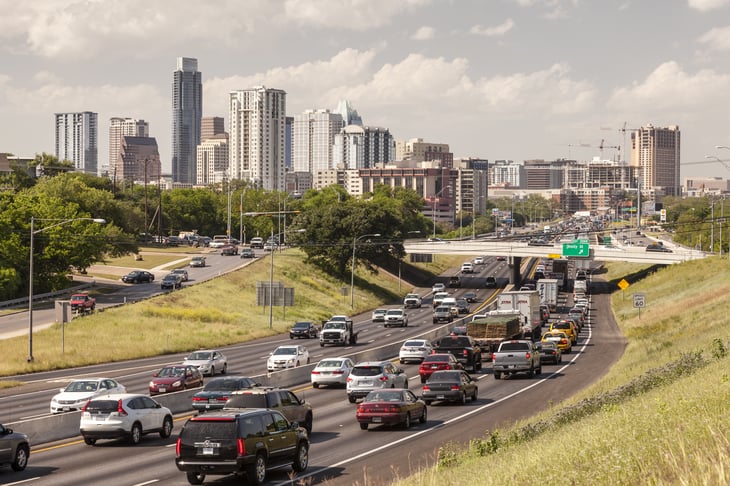
- Median wage for real estate agents (adjusted): $61,747
- Median wage for real estate agents (unadjusted): $61,870
- Median wage for all workers (unadjusted): $41,560
- Cost of living (compared with U.S. average): +0.2%
- Concentration of real estate agents (compared with U.S. average): +60.0%
7. New York-Newark-Jersey City, NY-NJ-PA

- Median wage for real estate agents (adjusted): $65,802
- Median wage for real estate agents (unadjusted): $81,660
- Median wage for all workers (unadjusted): $48,840
- Cost of living (compared with U.S. average): +24.1%
- Concentration of real estate agents (compared with U.S. average): -47.0%
6. Houston-The Woodlands-Sugar Land, TX
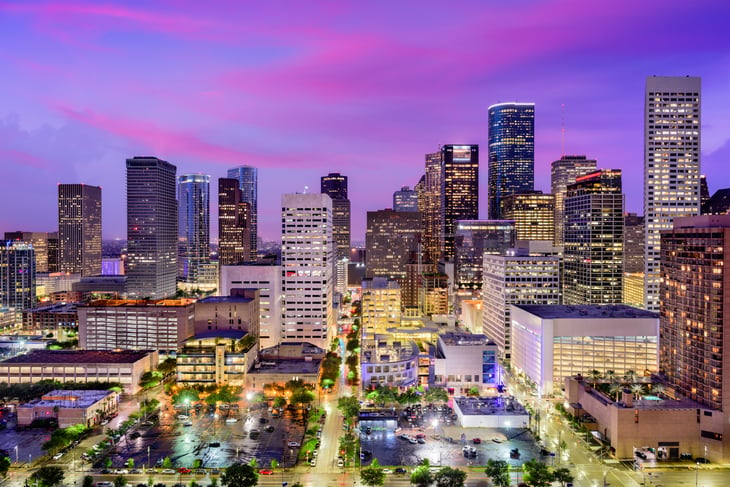
- Median wage for real estate agents (adjusted): $67,348
- Median wage for real estate agents (unadjusted): $68,560
- Median wage for all workers (unadjusted): $40,570
- Cost of living (compared with U.S. average): +1.8%
- Concentration of real estate agents (compared with U.S. average): +47.0%
5. Pittsburgh, PA

- Median wage for real estate agents (adjusted): $68,120
- Median wage for real estate agents (unadjusted): $63,420
- Median wage for all workers (unadjusted): $40,570
- Cost of living (compared with U.S. average): -6.9%
- Concentration of real estate agents (compared with U.S. average): +31.0%
4. Las Vegas-Henderson-Paradise, NV
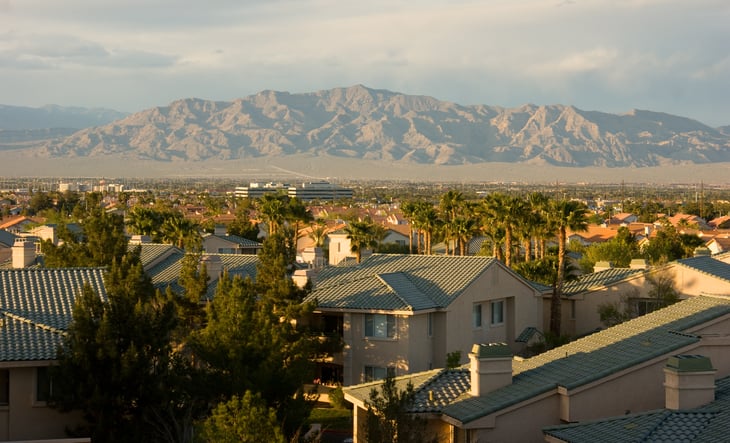
- Median wage for real estate agents (adjusted): $70,671
- Median wage for real estate agents (unadjusted): $68,410
- Median wage for all workers (unadjusted): $35,660
- Cost of living (compared with U.S. average): -3.2%
- Concentration of real estate agents (compared with U.S. average): +63.0%
3. Dallas-Fort Worth-Arlington, TX

- Median wage for real estate agents (adjusted): $70,884
- Median wage for real estate agents (unadjusted): $71,380
- Median wage for all workers (unadjusted): $40,430
- Cost of living (compared with U.S. average): +0.7%
- Concentration of real estate agents (compared with U.S. average): +29.0%
2. Denver-Aurora-Lakewood, CO

- Median wage for real estate agents (adjusted): $74,404
- Median wage for real estate agents (unadjusted): $78,050
- Median wage for all workers (unadjusted): $47,440
- Cost of living (compared with U.S. average): +4.9%
- Concentration of real estate agents (compared with U.S. average): +41.0%
1. Rochester, NY

- Median wage for real estate agents (adjusted): $74,821
- Median wage for real estate agents (unadjusted): $73,100
- Median wage for all workers (unadjusted): $40,070
- Cost of living (compared with U.S. average): -2.3%
- Concentration of real estate agents (compared with U.S. average): -73.0%
Methodology & Detailed Findings

The wage and employment data used in this analysis is from the U.S. Bureau of Labor Statistics 2019 Occupational Employment Survey, which covers wage and salary workers in non-farm establishments. The cost-of-living data is from the U.S. Bureau of Economic Analysis Regional Price Parities.
To identify the best-paying locations for real estate agents, cost-of-living-adjusted median annual wages were calculated. In expensive locations, wages were adjusted down to reflect lower purchasing power; whereas, in more affordable locations, wages were adjusted up to reflect more purchasing power.
Researchers also included the relative concentration of real estate agents in each location compared with the U.S. average. This statistic is the percentage difference between the concentration of real estate agents in the given location and the concentration of real estate agents in the U.S. as a whole.
Only metropolitan areas with at least 100,000 residents and available data from the BLS were included in the analysis.
Disclosure: The information you read here is always objective. However, we sometimes receive compensation when you click links within our stories.




